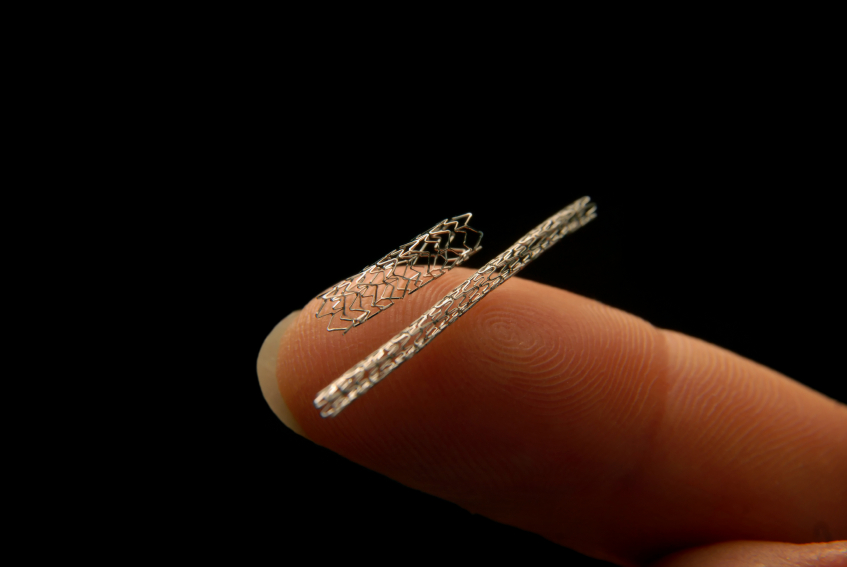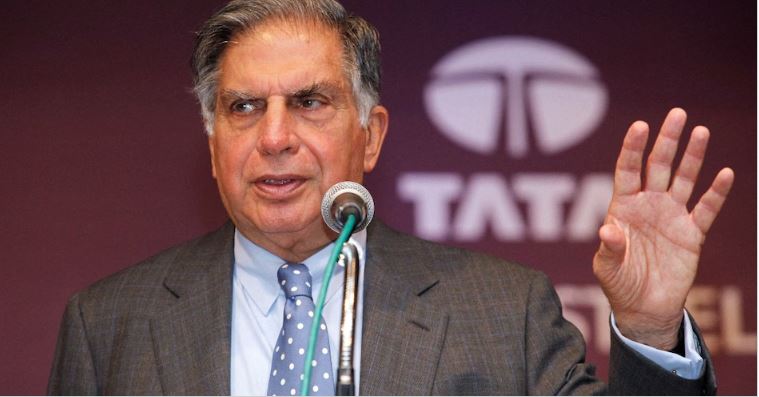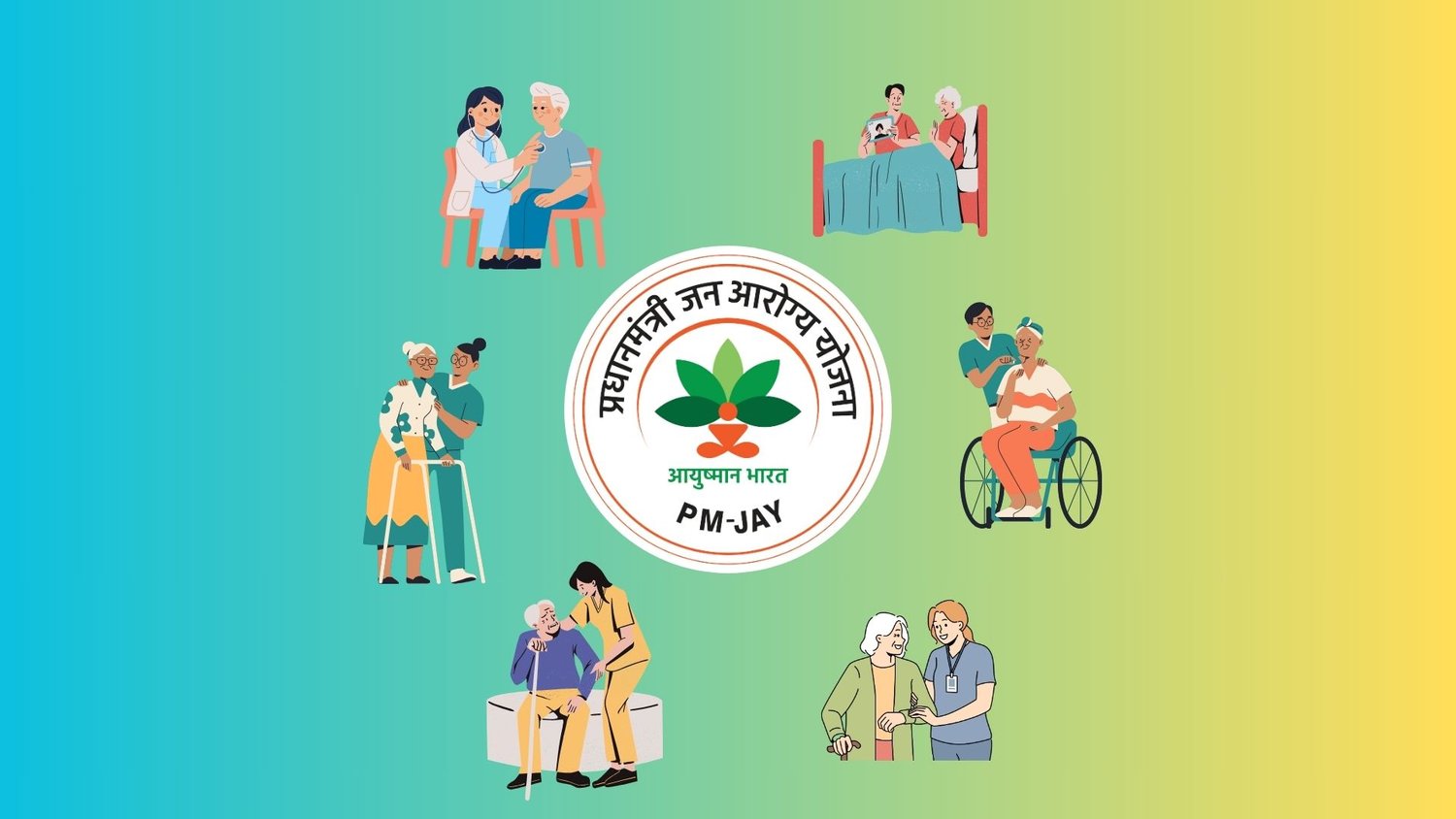Contemporary bare-metal stents are as good as drug-eluting stents—their newer generation counterparts—a new Norwegian study on over 9,000 patients has found. The observation comes at a time when India has decided to clamp price controls on stents and the government is engaged with stakeholders in a raging debate over price categorisation between new and older stents.
The study, which looked at the long-term effects of the two classes of stents over a period of six years, found that patients with bare-metal stents did not have a significantly different quality of life from patients using drug-eluting stents.
At six years, the study recorded 16.6% rate of death from any cause and non-fatal spontaneous myocardial infarction in the group using drug-eluting stents, while the group using bare-metal stents recorded a 17.1% rate for the same.
“In patients undergoing Percutaneous Coronary Intervention (PCI), there were no significant differences between those receiving drug-eluting stents and those receiving bare-metal stents in the composite outcome of death from any cause and non-fatal spontaneous myocardial infarction,” said the study funded by the Norwegian Research Council and other not-for-profit organisations.
At the same time, it found that rates of repeat revascularization—when the patient needs further medical intervention after the initial stenting procedure—were lower in the group receiving drug-eluting stents. The six-year rates of any repeat revascularization were 16.5% in the group using drug-eluting stents and 19.8% in the group using bare-metal stents.
Some experts say the findings should be examined closely by pricing authorities to understand if the study can potentially increase access to treatment in India through bare-metal stents, which cost significantly less than drug-eluting stents.
Bare-metal stents cost Rs 8,000-10,000 compared with Rs 75,000-125,000 for drug-eluting stents, according to SP Kalantri, director professor of medicine at Mahatma Gandhi Institute of Medical Sciences. MGIMS, a Maharashtra-based National Assessment and Accreditation Council-approved college, is focused on providing affordable healthcare primarily to underpriviledged rural communities.
“Especially those with large vessel diameter, those who cannot take dual antiplatelet drugs for long, those at a higher risk of bleeding and those who need a non-cardiac surgery after angioplasty stand to reap large benefits from this study,” Kalantri said.
At the same time, the study cannot be misconstrued to mean that bare-metal stents are equal to drug-eluting stents, explained SantanuGuha, president of the Cardiological Society of India, the country’s largest association of cardiologists.
“This study (and others) has shown that there is no difference between the two stents in the survival of the patients, but there are some advantages of drug-eluting stents, particularly in terms of repeat revascularization,” he said. “If the patient has to undergo additional procedures, it hampers his or her lifestyle, profession and other aspects (that indicate certain aspects of patient’s quality of life),” he added.
According to Probir Das, board member of the Medical Technology Association of India (MTaI), the significant differences in the rates of revascularization and stent thrombosis make drug-eluting stents more favourable to bare metal stents. “While ‘quality of life’ will be determined by patient’s health status post procedure, it is ‘revascularisation’ and ‘stent thrombosis’ that will determine the need of repeat procedures. In India, given that procedures are mostly self-paid for by patients, it
The characteristics of patients in the study, including age, smoking habits, blood pressure levels and incidence of diabetes, are similar to what doctors see in India, according to Kalantri. The study is generalizable to India, especially for patients similar to the Norwegian patients observed, and would especially benefit those who can’t afford drug-eluting stents, he said.
“We need to be aware of the fact that those with thinner arteries and diffuse lesions might not derive as much benefits with bare-metal stents, but we need another trial in Indian patients to know if this indeed is a case,” he said.
Depending on the clinical indications, condition and history of the individual patient, one type of technology may be more beneficial than another, said a spokesperson for AdvaMed–an association representing global stent-makers like Abbott and Medtronic. “Every technology has its own set of clinical advantages and outcomes associated with it and two different stages of technology cannot be compared.”
Publication: The Economic Times
Journalist: PrabhaRaghavan




